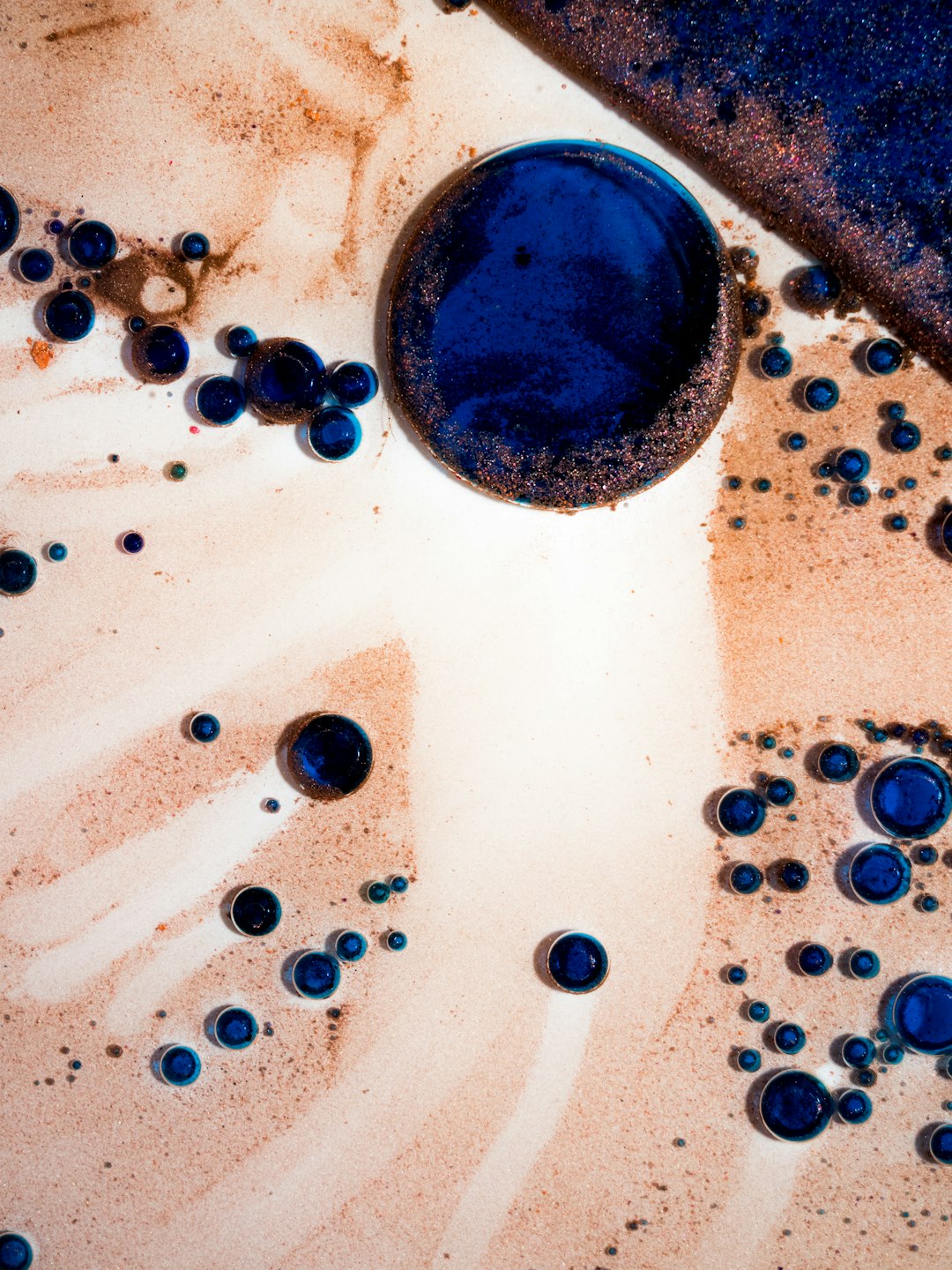Exploring the Artistic Influence of African Tribal Masks
African tribal masks have long captivated art enthusiasts around the world with their rich history, intriguing designs, and cultural significance. These masks not only serve as decorative objects but also play a significant role within African societies, serving as important symbols of identity, spirituality, and community. In this blog post, we will delve into the artistic influence of African tribal masks and explore their various styles, materials, and meanings.
African tribal masks have a profound influence on contemporary art and have inspired renowned artists, such as Pablo Picasso and Henri Matisse. From the late 19th century, these artists, along with other European modernists, were captivated by the bold and striking designs of African masks, incorporating similar elements into their own works. The simplicity of form, emphasis on geometric patterns, and the use of vivid colors found in African masks profoundly impacted the development of modern art movements like Cubism and Fauvism.
One distinct feature of African tribal masks is their diversity in style. Each mask carries unique characteristics that vary from region to region, tribe to tribe. From the elongated, slender masks of the Baule people in Côte d’Ivoire to the circular, symmetrical masks of the Dogon people in Mali, there is a wide range of styles to explore. This diversity highlights the rich cultural heritage and artistic expression found across the continent, allowing us to appreciate the vastness of Africa’s artistic traditions.
Materials used in creating African tribal masks also contribute to their artistic influence. Masks are typically made from a variety of organic materials such as wood, fibers, animal hides, and even metals like bronze. The choice of material not only affects the mask’s appearance but also carries symbolic meaning. For instance, wood is often associated with ancestral spirits, while animal skins represent a connection to the natural world. The use of these materials not only adds to the masks’ visual appeal but also deepens the cultural significance behind each piece.
Beyond their aesthetic appeal, tribal masks hold great spiritual and social importance. In many African societies, masks are utilized during ceremonial rituals, dances, and other community events. They are believed to serve as intermediaries between the human and spirit worlds, allowing individuals to communicate with ancestors or other powerful beings. These masks often carry symbolic meanings related to fertility, protection, or healing. By exploring the artistic influence of African tribal masks, one gains a deeper understanding of the spiritual and social values ingrained within African culture.
The artistic influence of African tribal masks extends far beyond their native continent. These masks have become iconic symbols of African art, admired and imitated in various artistic mediums worldwide. Contemporary artists continue to draw inspiration from African mask traditions, incorporating their aesthetic elements and cultural significance into their own creations. This cross-cultural exchange not only celebrates the artistic heritage of African tribes but also reshapes the global art scene, bridging different cultures and fostering creative dialogue.
In conclusion, African tribal masks are remarkable artistic expressions that showcase the cultural diversity and creative ingenuity of African societies. Their influence extends beyond Africa, shaping the development of modern art movements and contemporary artists worldwide. By exploring the different styles, materials, and meanings of African tribal masks, we gain insight into the powerful impact these masks continue to have on the art world and the broader appreciation of African culture.

